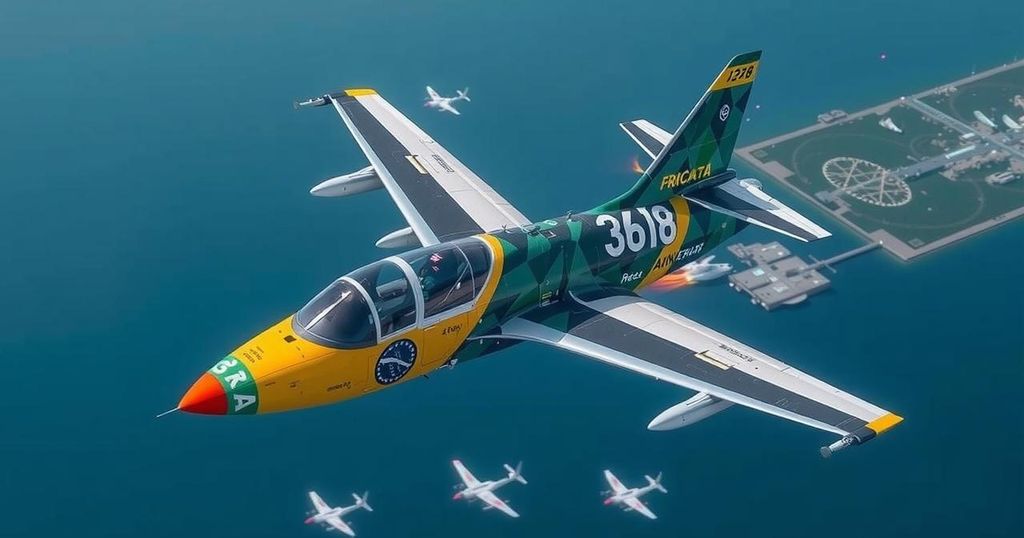Embraer Seeks to Enhance E-Jet Sales in China Amid Strengthening Ties With Brazil

Embraer aims to boost E-Jet E2 sales in China, emphasizing the aircraft’s compatibility with local needs as Brazil strengthens ties with China. While past efforts have seen limited results, recent political agreements suggest potential for future collaboration. The company faces challenges, including a disconnect between diplomatic expectations and commercial reality.
Embraer, the Brazilian aircraft manufacturer, is making strategic moves aimed at increasing its sales of E-Jet E2 regional jets in China, in line with the strengthening economic ties between Brazil and China. However, alongside the optimism, the realization of substantial new sales remains uncertain, given the modest outcomes of prior efforts. During an investor day in New York City, Arjan Meijer, Chief Executive of Embraer Commercial Aviation, underscored the significant potential of the Chinese aviation market, touting the E-Jet E2s as ideally complementary to Chinese jets, particularly given their appropriately sized configurations.
Overall, Meijer highlighted the E190-E2 and E195-E2 models as serving a role that is not directly competed with by the Chinese-produced Comac jets in the 80-100 seat and 160-190 seat categories, respectively. Specifically, these Embraer jets can accommodate 97-114 and 120-146 passengers, thus positioning them in a unique market segment. He elaborated on the E190-E2’s suitability for operations in challenging environments, such as in the Tibetan Plateau regions. Embraer has also indicated its commitment to enhancing collaboration with the Chinese aviation industry, as evidenced by its recent supplier day at the Zhuhai air show.
The backdrop to these efforts is Brazilian President Luiz Inacio Lula da Silva’s engagement with Chinese President Xi Jinping at the recent G20 summit, resulting in approximately 40 new economic agreements spanning various sectors. This backdrop stands in stark contrast to the troubled state of US-China relations, complicating the global trade landscape. Aerospace analyst Richard Aboulafia cautioned that while diplomatic statements may sound ambitious, they do not always translate into tangible commercial opportunities, referencing past initiatives that faltered despite high-level agreements.
Throughout its history in the Chinese market, Embraer has secured orders for around 100 first-generation E-Jets, albeit with diminished success in selling the more recent E2 models. Notably, these newer models have only recently gained regulatory approval from China, limiting their market penetration thus far. The future remains uncertain, contingent on the complexities of diplomatic relations and the actual demand within the Chinese market for the E-Jet family.
The article discusses Embraer’s focused strategy to penetrate the Chinese aviation market, propelled by improved diplomatic ties between Brazil and China amid challenges in US-China relations. Embraer is particularly interested in selling its E-Jet E2 models, which are positioned to serve unmet market needs in China. This industry backdrop is enriched by significant economic agreements recently established between Brazilian and Chinese leaders, which may influence industrial collaborations. However, the actual commercial implications of these geopolitical changes and previous outcomes from similar ventures warrant cautious optimism.
In conclusion, while Embraer is proactively targeting the Chinese market for its E-Jet E2 aircraft amidst strengthening Brazil-China ties, the realization of significant sales remains uncertain. Historical precedents reveal a gap between political promises and actual economic cooperation within the aviation sector. As the industry evolves, it will require careful observation of market dynamics, regulatory developments, and international relations that could impact Embraer’s success in China.
Original Source: www.flightglobal.com




